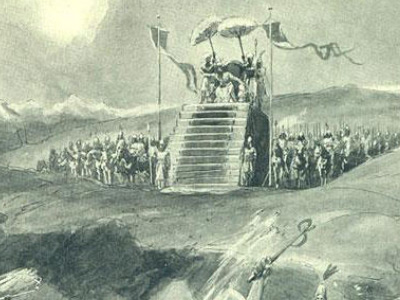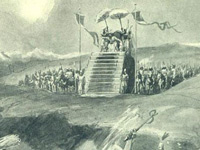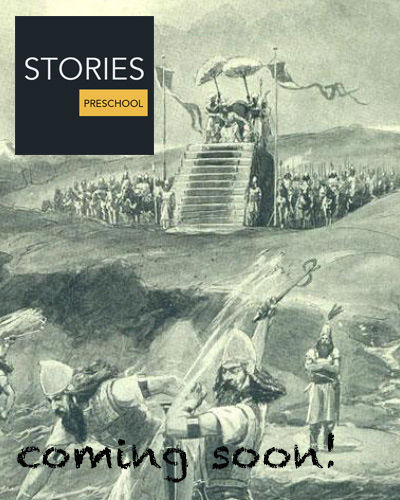Battle of Mycale (479 BC)

Aftermath
When the Spartans arrived, the Persian camp was looted and their beached ships destroyed. Returning to Samos they then discussed their next moves. Leotychides proposed that they evacuate the cities of the Ionian Greeks and bring the population to the Greek mainland, since it would be difficult to defend Ionia against further Persian attacks. Xanthippus however vehemently objected to this, since the Ionian cities were originally Greek colonies. The Ionian Greeks later joined the Athenians in the "Delian League" against Persia.
With the twin victories of Plataea and Mycale, the second Persian invasion of Greece was over. Moreover, the threat of a future invasion was abated; although the Greeks remained worried that Xerxes would try again, over time it became apparent that the Persian desire to conquer Greece was much diminished.
After the victory at Mycale, the Allied fleet sailed to the Hellespont to break down the pontoon bridges, but found that this was already done. The Peloponnesians sailed home, but the Athenians remained to attack the Chersonesos, still held by the Persians. The Persians in the region, and their allies, made for Sestos, the strongest town in the region, and the Athenians laid siege to them there. After a protracted siege, Sestos fell to the Athenians, marking the beginning of a new phase in the Greco-Persian Wars, the Greek counterattack. Herodotus ended his Histories after the Siege of Sestos. Over the next 30 years, the Greeks, primarily the Athenian-dominated Delian League, would expel (or help expel) the Persians from Macedon, Thrace, the Aegean islands and Ionia. Peace with Persia finally came in 449 BC with the Peace of Callias, finally ending the half-century of warfare.
Significance
Mycale and Plataea have great significance in ancient history as the battles which decisively ended the second Persian invasion of Greece, thereby swinging the balance of the Greco-Persian Wars in favour of the Greeks. The Battle of Salamis saved Greece from immediate conquest, but it was Mycale and Plataea which effectively ended that threat. However, neither of these battles are as well known as Thermopylae, Salamis or Marathon. The reason for this discrepancy is not entirely clear; it might however be a result of the circumstances in which the battle was fought. The fame of Thermopylae certainly lies in the doomed heroism of the Greeks in the face of overwhelming numbers; Marathon and Salamis perhaps because they were both fought against the odds, and in dire strategic situations. Conversely, the Battles of Plataea and Mycale were both fought from a relative position of Greek strength, and against lesser odds; perhaps the Greeks were even expecting to win and had certainly seen the opportunity to deal the final blow.
Militarily, the major lesson of both Mycale and Plataea (since both were fought on land) was the repeated confirmation of the superiority of the hoplite over the more lightly armed Persian infantry, as had first been demonstrated at Marathon. Taking on this lesson, after the Greco-Persian Wars the Persian empire started recruiting and relying on Greek mercenaries. This was amply illustrated later on by the Ten Thousand and Xenophon.
HISTORY

RESOURCES
This article uses material from the Wikipedia article "Battle of Mycale (479 BC)", which is released under the Creative Commons Attribution-Share-Alike License 3.0.
© Stories Preschool. All Rights Reserved.









